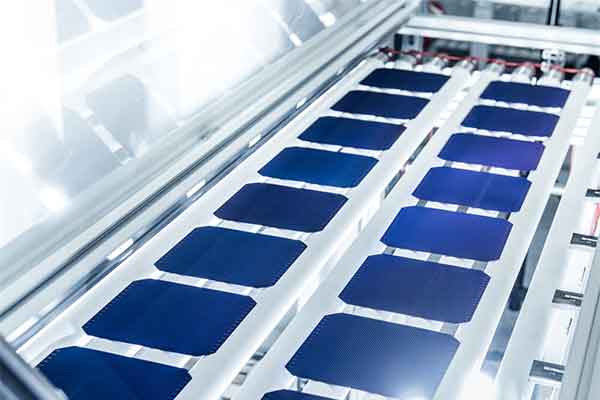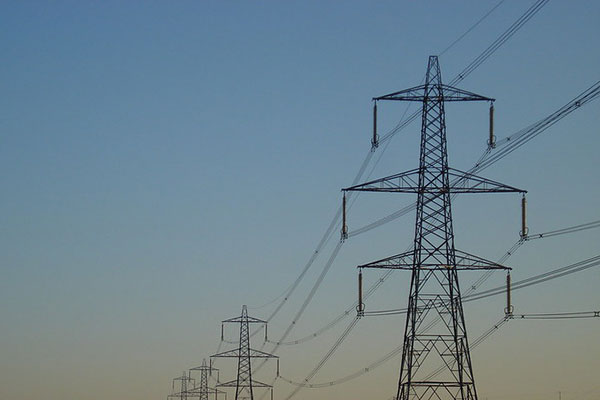Solar Trade Association (UK) | Press Release — The Department of Energy and Climate Change (DECC) published their latest statistics on small-scale solar PV installations, showing that over 125,000 homes put solar on their roof last year.
The numbers also show that a total of 700MW of solar, the equivalent of powering 212,000 homes, was installed on buildings and in ground-mounted solar farms thanks to the Feed in Tariff over the course of the year.
The announcement has also set the tariffs to be paid out for the period from April to June of this year.
The growth in demand for residential solar has meant that for the first time since 2012 the tariff paid out for that size of system will reduce not just because of the automatic reduction every nine months but instead because of the healthy number of installations towards the end of last year.
Furthermore, slightly larger solar PV installations between 10kW and 50kW – often on schools, village halls or business units – grew by over 50% between October and December 2014 as compared to the previous three month period. However, there weren’t quite enough installations to trigger a reduction in the tariff for this size of scheme.
David Pickup, the Solar Trade Association’s Business Analyst, commented:
“These latest statistics show that the FiT solar PV market is seeing healthy growth with plenty of solar going up on domestic and commercial roofs as well as small solar farms.”
“We are particularly pleased to see good levels of growth in the large rooftop market with 33MW of solar – 164 installations – installed in the last three months of 2014, more than double that in the previous quarter.”
“But this isn’t enough – as we have shown in our model of the Feed in Tariff budget, we need to see more solar going up on roofs and more gradual reductions in the tariff to get to the industry’s goal of subsidy-free solar. Our Solar Independence Plan sets out how we can restructure the Feed in Tariff to get more solar for very little extra money and give a path to zero subsidy.”
The largest projects that can qualify for the Feed in Tariff – those between 50kW and 5MW that include small solar farms and big factory roofs – saw deployment high enough to trigger a reduction in tariff, but this reduction was due to happen anyway because of the nine month automatic degression rule.
David Pickup continued:
“A word of warning on larger rooftop and smaller or community solar farm projects: if the FiT is not redesigned along the lines of our Solar Independence Plan to allow more room for growth for systems of this size, the tariff could soon reduce to almost nothing – snuffing out this key market as it gets going.”













Comments